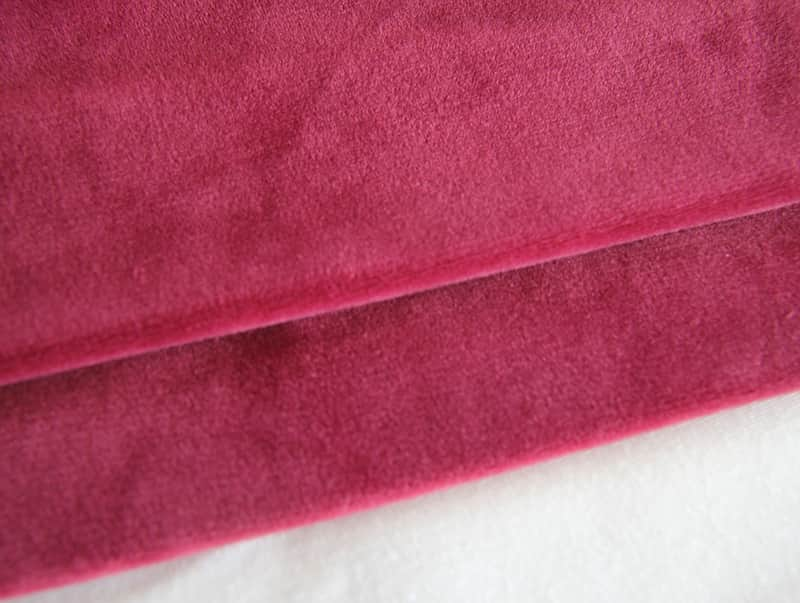Transition to Alternative Materials
PU-based artificial leather: Many manufacturers are shifting from PVC-based to PU (polyurethane)-based artificial leathers. PU is considered more environmentally friendly than PVC because it generally contains fewer toxic chemicals (such as phthalates) and is more biodegradable or easier to recycle.
Bio-based plastics: There is a growing trend toward using bio-based polyurethane (derived from renewable sources like castor oil) instead of traditional petroleum-based polyurethanes. This reduces the carbon footprint and dependency on fossil fuels.
PVC-Free Technologies
Water-based PVC-free coatings: Manufacturers are developing water-based alternatives to traditional PVC coatings. These coatings use water as a carrier instead of solvents, which reduces volatile organic compounds (VOCs) emissions during production. Water-based coatings can still mimic the appearance and texture of leather without the environmental drawbacks of PVC.
Solvent-free technologies: Some companies are exploring solvent-free technologies for creating synthetic leather, which avoids harmful chemicals often used in traditional PVC-based processes, contributing to safer production practices and reducing pollution.
Recycling and Circular Economy
Recycling PVC: Some manufacturers have started to implement recycling programs for PVC materials, both during production and at the end of the product lifecycle. While PVC is challenging to recycle due to its complex chemical composition, technologies are evolving to make PVC recycling more efficient, particularly in post-consumer products like artificial leather.
Closed-loop systems: Some companies are adopting closed-loop systems where production scraps, off-cuts, and used products are collected and recycled into new products, reducing waste and the demand for virgin PVC.
Chemical recycling: Advances in chemical recycling techniques aim to break down PVC into its raw materials, which can then be reused in new products, further reducing its environmental impact.
Use of Non-Toxic Additives and Plasticizers
Phthalate-free plasticizers: Traditional PVC artificial leathers contain phthalates, which are toxic and can leach into the environment. Manufacturers are shifting to phthalate-free plasticizers or using safer alternatives such as Citrus-based plasticizers or adipates, which are less harmful and more sustainable.
Non-toxic stabilizers and flame retardants: Manufacturers are also using non-toxic stabilizers and flame retardants to make PVC artificial leather more eco-friendly. These additives reduce the risk of harmful chemicals leaching out of the product during its life cycle.
Focus on Durability and Longevity
Improved durability: One way to reduce environmental impact is to produce artificial leather base fabrics that last longer, reducing the need for frequent replacement. High-quality synthetic leathers with better abrasion resistance, tear strength, and colorfastness can help extend the product’s life, thus minimizing waste.
Low-maintenance finishes: Artificial leather products that require less frequent cleaning or maintenance (such as self-cleaning, stain-resistant, or waterproof coatings) can help reduce the overall environmental footprint by lowering the need for chemical cleaning agents and water consumption.
Biodegradable and Compostable Alternatives
Biodegradable artificial leather: Some manufacturers are developing artificial leather made from biodegradable polymers, such as polyhydroxyalkanoates (PHA) or polylactic acid (PLA). These materials break down more easily in natural environments, reducing the long-term waste associated with synthetic leathers made from non-biodegradable PVC.
Mushroom leather: There are also innovations in mycelium-based leathers (often referred to as mushroom leather) that are entirely biodegradable and can serve as an eco-friendly alternative to PVC-based artificial leathers.

Sustainable Production Practices
Energy-efficient manufacturing: Many manufacturers are adopting more sustainable manufacturing practices, such as reducing energy consumption, utilizing renewable energy sources, and improving water usage efficiency during production. These measures help to mitigate the environmental impact of producing PVC-based artificial leather.
Waste reduction: Companies are also focusing on reducing production waste, using more efficient cutting methods, and ensuring that any waste material from the production process can be reused or recycled.
Certifications and Standards
Manufacturers are increasingly obtaining environmental certifications to demonstrate their commitment to sustainability. For example, OEKO-TEX certification ensures that artificial leather is free from harmful chemicals, and Global Recycled Standard (GRS) certification ensures that a percentage of the material comes from recycled sources.
Low-impact dyes and finishing processes: Some manufacturers are switching to low-impact dyes, waterless finishing processes, or natural dyeing techniques that reduce water consumption and the release of harmful chemicals into the environment.
Consumer Education and Demand for Eco-friendly Products
Eco-conscious marketing: As consumer awareness of environmental issues grows, manufacturers are increasingly marketing their PVC-free or eco-friendly synthetic leathers as more sustainable alternatives. This helps to drive demand for greener options, encouraging brands to choose more sustainable materials.
Transparency in sourcing: Companies are increasingly transparent about their supply chain and material sourcing, providing customers with information about the environmental impact of the materials used in their artificial leather products.
Collaboration and Industry Standards
Industry collaboration: Several industry groups are working together to establish more sustainable production standards for artificial leather. For instance, the Sustainable Apparel Coalition and the Leather Working Group are promoting sustainability in the leather and synthetic leather industries, including PVC alternatives.
Lifecycle assessments (LCA): Manufacturers are conducting detailed lifecycle assessments to understand the full environmental impact of their products from raw material extraction to disposal. These insights help optimize the production process and choose materials that minimize the environmental footprint.











